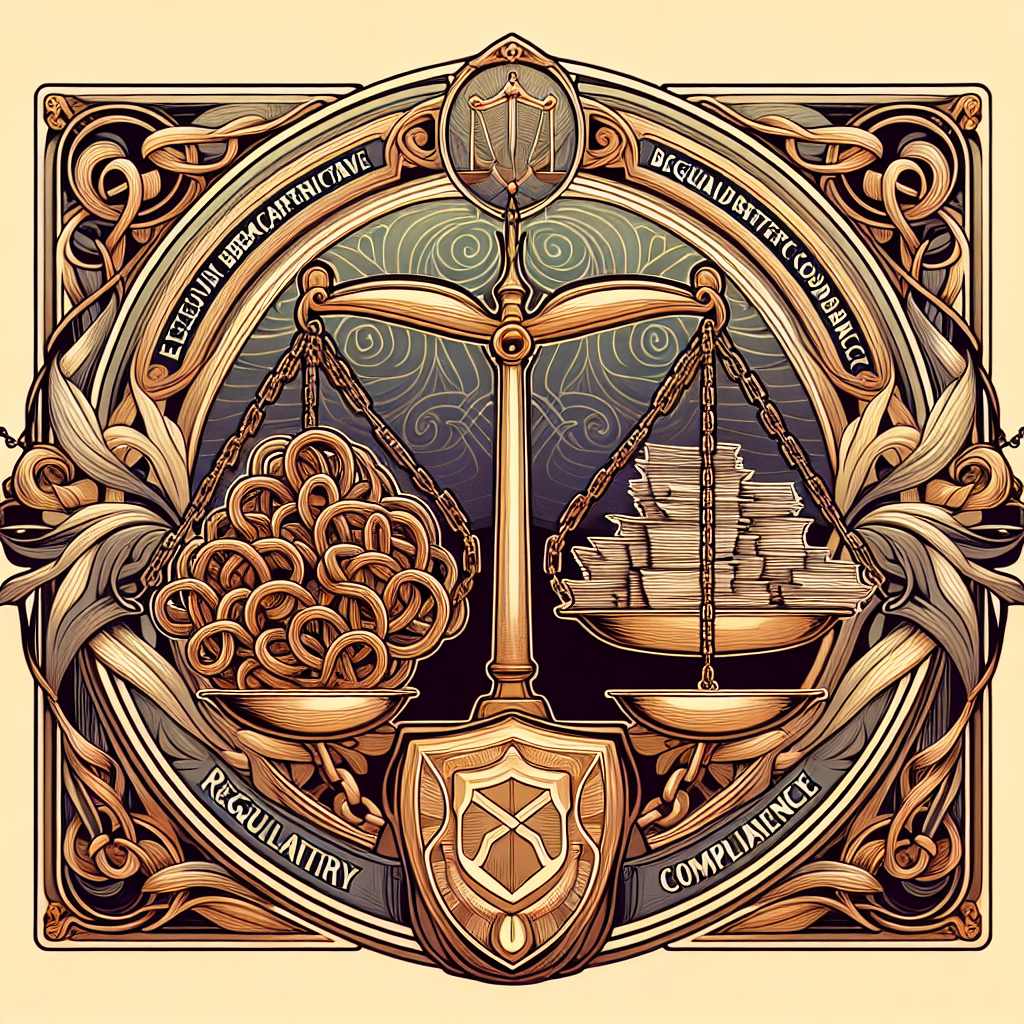The Compliance Paradox: How KYC/AML Requirements Are Both Hindering and Saving RWA Tokenization

The Double-Edged Sword of Regulatory Compliance
In the rapidly evolving world of tokenized real-world assets (RWAs), compliance requirements present a fascinating paradox. These regulatory frameworks simultaneously act as both the industry's most significant barrier to adoption and its most valuable shield against the regulatory storms that have devastated other crypto sectors. It's rather like that bitter medicine your grandmother insisted would cure you—terrible to swallow but ultimately keeping you from a worse fate.
The Bitter Pill: How Compliance Hinders Growth
Let's face it—KYC (Know Your Customer) and AML (Anti-Money Laundering) protocols are about as popular in crypto circles as a tax auditor at a libertarian convention. These requirements introduce substantial friction points that directly impact the RWA tokenization market:
- Cost Barriers: Implementing robust KYC/AML systems requires significant investment in technology, personnel, and ongoing maintenance—costs that inevitably trickle down to users.
- Operational Complexity: The need for continuous monitoring and regular reporting creates substantial operational overhead that can slow down transactions and innovation.
- Jurisdictional Nightmares: With regulations varying wildly across different countries, global operations become a compliance patchwork that would make Frankenstein's monster look coordinated.
- User Experience Sacrifices: The seamless, frictionless experience promised by blockchain technology gets bogged down in identity verification steps and paperwork—digital or otherwise.
When BlackRock's Larry Fink claimed that tokenization represents 'the next generation for markets,' he conveniently glossed over the part where every participant needs to submit three forms of ID and wait 2-5 business days for verification. Not exactly the financial revolution advertised on the tin.
The Protective Shield: How Compliance Saves the Industry
Yet for all the groaning about regulatory burdens, compliance frameworks might just be the guardian angels of the RWA tokenization space. While DeFi protocols and NFT marketplaces have faced crackdowns and restrictions, compliant RWA platforms are building on increasingly solid ground:
- Regulatory Insulation: By embracing rather than avoiding regulations, RWA platforms position themselves as legitimate financial infrastructure rather than regulatory targets.
- Institutional Accessibility: Major financial institutions—the gatekeepers to trillions in capital—can only engage with platforms that meet their stringent compliance requirements.
- Long-term Sustainability: Building with compliance at the core creates sustainable business models that won't collapse at the first sign of regulatory scrutiny.
- Trust Enhancement: For mainstream investors, KYC/AML measures signal professionalism and legitimacy in an industry still fighting reputation problems.
In a delicious irony, the very regulations that slow down innovation may be preserving the space for innovation to happen at all. It's like those annoying guardrails on mountain roads—they might limit your speed, but they also keep you from driving off a cliff.
Innovative Compliance: Turning Necessity into Advantage
Forward-thinking projects are transforming compliance from a necessary evil into a competitive advantage. These platforms aren't just tolerating regulation—they're weaponizing compliance as a feature:
Lumia's Integrated Compliance Framework
Lumia chain has developed what they call a 'full-stack framework' for launching compliant RWA projects. Their approach includes:
- Built-in regulatory compliance mechanisms at the protocol level
- Streamlined legal setup processes for asset tokenization
- A comprehensive infrastructure covering the entire RWA lifecycle
- Integration of compliance with liquidity solutions via their LumiaStream system
Lumia is pursuing licenses in regulatory-friendly jurisdictions like the UAE and Australia, establishing a compliant foundation for tokenizing commodities from diamonds to precious metals.
RedBelly's Purpose-Built Compliance Architecture
RedBelly Network positions itself as the first 'Compliant Asset Tokenisation (C.A.T.) solution' with:
- A purpose-built blockchain specifically designed for regulated assets
- A compliance-first infrastructure that emphasizes accountability over anonymity
- Enhanced security frameworks through partnerships with companies like Fireblocks
- Structured tokenization processes that maintain compliance throughout the asset lifecycle
RedBelly's approach reflects the reality that for institutional adoption of RWAs, compliance isn't optional—it's foundational.
These platforms understand something fundamental: in the battle between innovation and regulation, the winners won't be those who avoid regulation—they'll be those who innovate within regulatory frameworks.
The Paradoxical Future of RWA Compliance
As we look toward the future of tokenized real-world assets, the compliance paradox will likely intensify before it resolves. The projected growth of tokenized assets to between $16-30 trillion by 2030 guarantees increased regulatory attention. Yet from this tension, a more mature market will emerge.
For investors and builders in the space, the strategic imperative is clear: embrace compliance as a feature, not a bug. The platforms that thrive will be those that solve for both innovation and regulation simultaneously.
In the end, perhaps the greatest irony is that the 'decentralized' future of finance may be built on thoroughly centralized and regulated compliance mechanisms. But if that's the price of bringing trillions in real-world assets on-chain, it's a paradox the industry seems increasingly willing to accept.
After all, the most effective medicine rarely tastes good—but that doesn't make it any less necessary.




